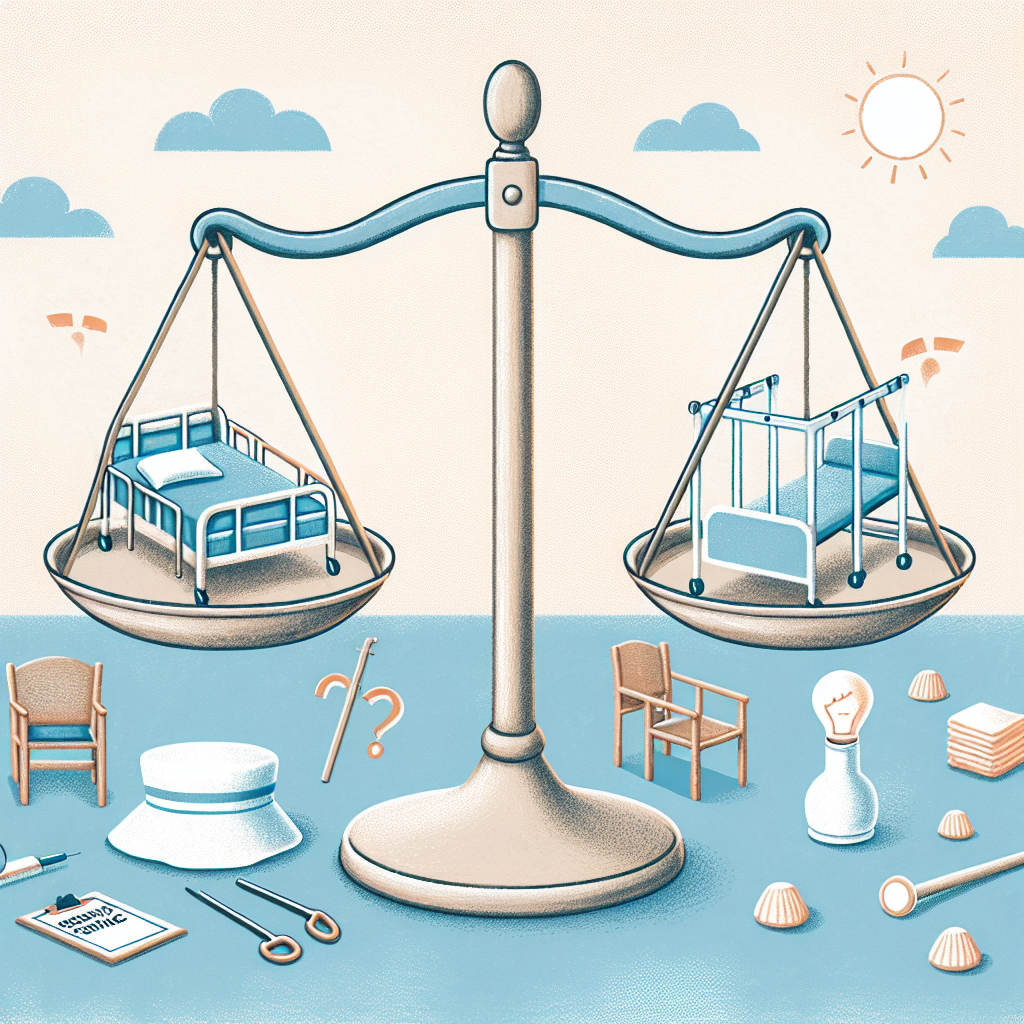New York, NY—In skilled nursing facilities across the nation, a critical debate is intensifying between the need to protect patients from harm and the imperative to respect their rights and autonomy. At the heart of this contentious issue is the use of physical and chemical restraints, practices that have long been controversial in elder care settings.
Recent statistics from the Centers for Medicare & Medicaid Services (CMS) indicate that, on average, 4.6% of long-term nursing home residents were subjected to physical restraint in the past year. This practice, intended to prevent falls or self-harm, has sparked a fierce dialogue about ethical care practices and the potential violation of patients’ rights.
“Using restraints can sometimes be viewed as the easier route for management of difficult behaviors in patients with dementia or other mental impairments, but it fundamentally conflicts with the principles of respect, autonomy, and dignity,” explains Dr. Susan Mitchell, a professor of health policy and aging. Her stance echoes a growing consensus among healthcare professionals and patient advocacy groups who argue for restraint-free alternatives to patient care.
Opponents of restraint use emphasize the psychological and physical risks associated with such measures, including increased agitation, physical injury, and a diminished quality of life. Moreover, they point to a broader issue of rights violations, arguing that restraints can deprive patients of their fundamental freedoms, contravening both ethical standards and legal rights to personal autonomy and freedom of movement.
In contrast, some healthcare providers defend the use of restraints as a necessary last resort for ensuring patient safety, particularly in cases where individuals pose a direct threat to themselves or others. “Our foremost priority is the safety of all our residents, and sometimes, unfortunately, that requires difficult decisions to be made,” stated a nursing home administrator in a recent panel discussion on patient safety.
The debate over restraints in skilled nursing facilities raises important questions about how to balance safety with respect for individual rights. It has prompted calls for clearer guidelines and rigorous training for nursing home staff on alternative methods of managing challenging behaviors without resorting to restraints.
In response to these concerns, several states are considering legislation that would impose stricter controls on the use of restraints in elder care facilities, requiring transparent reporting and justification for their use. Advocates hope that such measures will not only protect vulnerable seniors but also foster a culture of care that prioritizes dignity and respect over convenience.
As the dialogue continues, the issue of restraints in skilled nursing facilities remains a litmus test for society’s commitment to upholding the rights and dignity of its most vulnerable members. With an aging population and the growing prevalence of dementia and other cognitive impairments, finding a humane balance between safety and autonomy has never been more critical.


